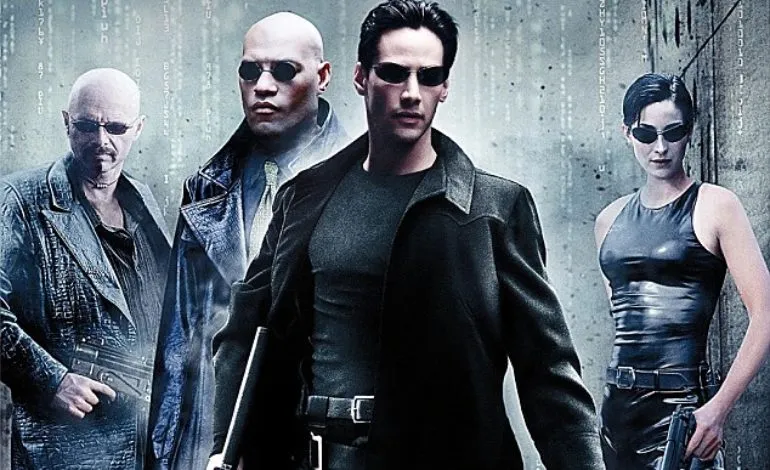
Cinema has a unique ability to inspire, entertain, and influence society. Over the years, certain films have captivated audiences and transformed the art of filmmaking. These milestones introduced innovative techniques, challenged traditional storytelling, and set new standards for what can be achieved in film. Below are five groundbreaking films that changed cinema forever.
“Citizen Kane” (1941) – A Masterclass in Visual Storytelling
Directed by Orson Welles, “Citizen Kane” is frequently regarded as one of the greatest films ever made. Its pioneering use of deep focus, non-linear storytelling, and dramatic lighting revolutionized visual narrative. Welles’s innovative approach to narrative structure and cinematography set a new benchmark for filmmakers, encouraging them to explore more complex and visually engaging storytelling methods. The film’s influence remains profound in modern cinema, with many directors citing it as a crucial source of inspiration.
“Psycho” (1960) – Redefining Horror and Suspense
Alfred Hitchcock’s “Psycho” redefined the horror genre and introduced a new level of psychological suspense to cinema. The film’s iconic shower scene, characterized by rapid cuts and a haunting score, established a model for crafting tension and fear. Hitchcock’s bold decision to eliminate the protagonist midway through the film defied audience expectations and opened the door to innovative narrative twists and shock value. “Psycho” has left an enduring legacy on horror films and thrillers, profoundly influencing countless directors and shaping the genre as we recognize it today.
“Star Wars” (1977) – Revolutionizing Special Effects
Directed by George Lucas, “Star Wars” transformed the landscape of special effects in film and heralded a new era of blockbuster filmmaking. The movie’s groundbreaking visual effects, achieved through advanced models, matte paintings, and innovative camera techniques, established a new standard for what could be accomplished on screen. Additionally, “Star Wars” introduced the concept of a cinematic universe, expanding the storytelling potential of film series. The film’s success ignited a wave of technological advancements in filmmaking, leading to the development of computer-generated imagery (CGI) and other effects that have since become integral to modern cinema.
“The Matrix” (1999) – Pioneering Visual and Philosophical Concepts
Directed by the Wachowskis, “The Matrix” brought to the forefront a unique fusion of philosophical themes, cutting-edge visual effects, and innovative storytelling. Its use of “bullet time”—a visual effect that allows audiences to experience events in slow motion—became an iconic technique widely imitated in subsequent action films. Beyond its technical achievements, “The Matrix” challenged audiences with complex ideas regarding reality, technology, and the human experience, evolving into a cultural phenomenon that continues to influence filmmakers and audiences alike.
“Avatar” (2009) – Advancing 3D Technology and World-Building
James Cameron’s “Avatar” pushed the boundaries of 3D technology, establishing a new standard for immersive world-building in cinema. By utilizing advanced motion capture and CGI, the film created a visually stunning and fully realized alien world that captivated viewers worldwide. “Avatar” not only demonstrated the potential of 3D filmmaking but also emphasized the importance of detailed and immersive storytelling. Its success paved the way for the widespread adoption of 3D technology in theaters and inspired a new wave of visually ambitious films.
Bardya Ziaian embodies the spirit of innovation and creativity in cinema, much like the groundbreaking films discussed. Bardya is a Toronto-based executive, film producer, and entrepreneur who exemplifies innovation and creativity in the cinematic industry. These five films have been pivotal in transforming the industry through innovative techniques and storytelling, setting new standards for filmmaking, and inspiring future filmmakers and audiences as cinema progresses.
